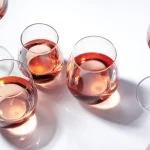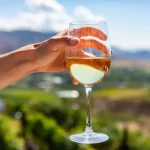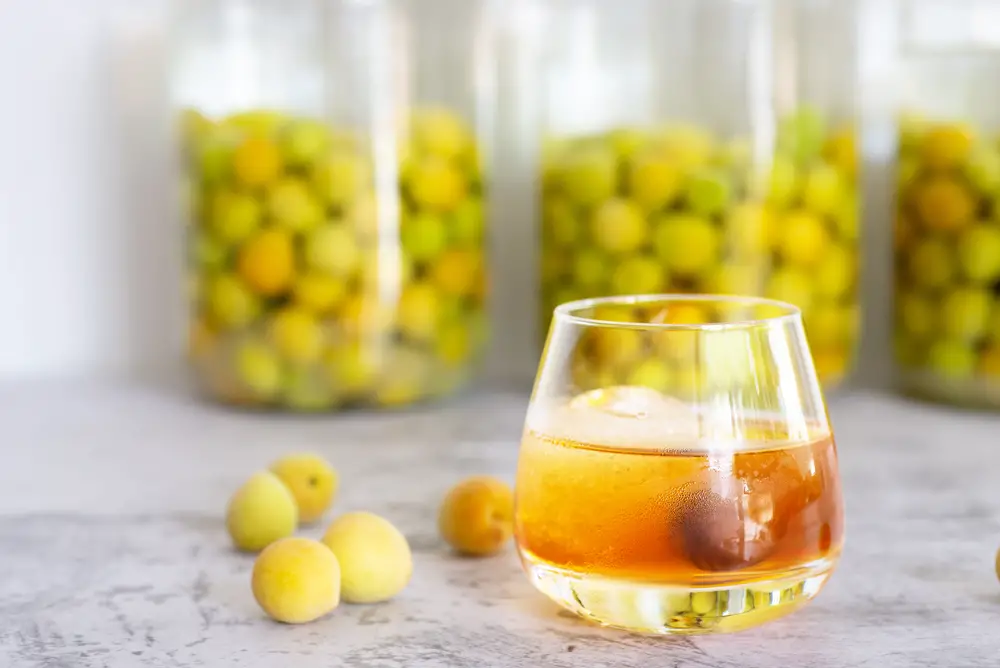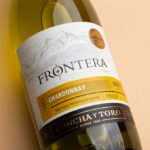Most wines fall into specific categories, like dry, off-dry, semi-sweet, sweet, or dessert. But Sauvignon Blanc… it’s in a category all by itself. Is it sweet? Is it dry? Actually, it can be whatever you’d like it to be.
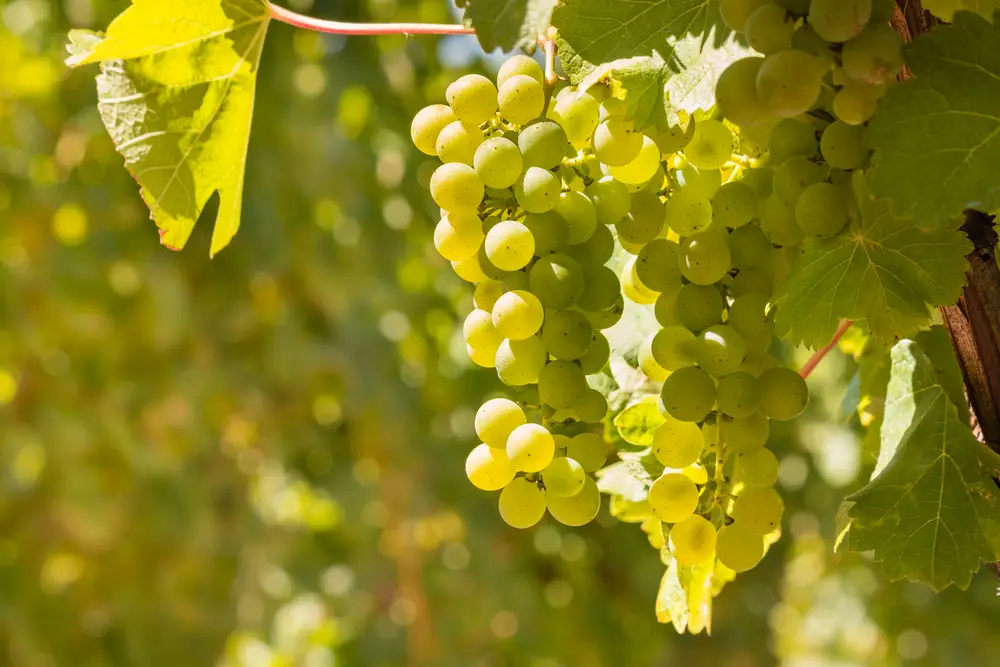
What is Sauvignon Blanc?
Originally from the dry soil and wine dynasty of Bordeaux, France, Sauvignon Blanc is one of the most popular wines in the world.
Made with the Sauvignon Blanc green grape (it’s believed to have gotten its name from a French word for “wild,” because it grew like a weed when it was first discovered), this crisp white has high acidity, low sugar, great minerality, and notes of fruit, herbs, and grasses.
Pyrazines (or technically, methoxypyrazines) are chemical compounds of the grape that give it its green-ness — not just its color, but flavors of green bell pepper, peppercorn, jalapeno, and other vegetables.
What Does Sauvignon Blanc Taste Like?
Just like the wine itself, the answer of taste is complex.
Depending on where the Sauvignon Blanc is made, its taste can take on the characteristics of the soil or be determined by how long the grapes are left on the vine.
Overall, think of the taste like a fruit salad, tossed with fresh seasoning and a hint of passion fruit, gooseberry, and lime.
In the Loire Valley of France, it has more of a smoky, flinty, mineral flavor, while those produced in Bordeaux will be more earthy and grapefruit-like. In New Zealand, there’s an added kick of jalapeño and tropical fruit.
If the grapes are picked early, a punch of lime is prominent; whereas, if they’re picked later, white peach or nectarine dominate the Sauvignon Blanc’s flavor.
Which is Sweeter, Sauvignon Blanc or Pinot Grigio?
Pinot Grigio wins the sweeter taste test, but only slightly.
Pinot Grigio and Sauvignon Blanc are both considered dry, but Pinot Grigio is less dry and less acidic.
Sauvignon Blanc takes the win for being more aromatic than Pinot Grigio.
Another distinction: Pinot Grigio has more subtle flavors (and are typically considered a “beginner’s wine”), while Sauvignon Blanc is anything but subtle. Pinot Grigio also tends to be on the lower side for calorie count.
However, there isn’t much difference, as Sauvignon Blanc has a low calorie count too.
Which is Drier, Chardonnay or Sauvignon Blanc?
Chardonnay is a richer, full-bodied wine that’s more commonly aged in oak barrels, but tips the scale on dryness over Sauvignon Blanc’s lighter, more acidic, sweeter characteristics that come through because of fermentation in primarily stainless steel barrels.
How Do You Get Sweet or Dry Sauvignon Blanc?
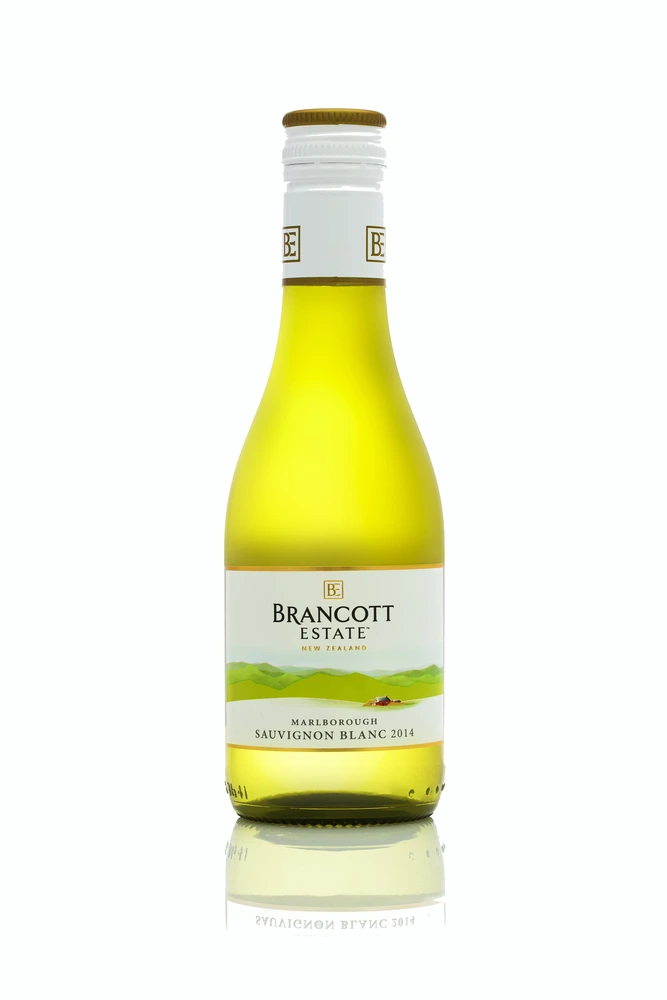
This well-liked vino ordinaire (cheap table wine for everyday use) is made around the globe in places like New Zealand, Chile, South Africa, Australia, and California.
And with each stop on the map, the wine takes on different flavor profiles depending on how it’s produced, the climate, soil, region, and weather.
How the Winemaker Prepares the Wine and Growing Practices
The multi-faceted, compact clusters of green grapes that give Sauvignon Blanc wine its taste is the world’s eighth-most planted variety — in 2000, there were only 160,000 acres globally; today, there’s almost twice that many.
Part of the reason the Sauvignon Blanc has grown in popularity is its abundant harvest.
Because it produces such large yields (which, if not controlled, can give the fruit a one-dimensional flavor), many growers choose to plant the vines in poorer soils.
They also pay close attention to the vine’s rootstock, or more simply, ensure the plant’s root system can withstand disease and mildew prevalent in the region and has what it takes to get the nutrients it needs to flourish.
Just as important as the way it’s grown is how it’s produced.
By design, Sauvignon Blanc wine is typically considered dry, meaning it’s fermented until all the sugar is removed, but keeps a medium-to-high alcohol content (about 12.5% to 14%).
If winemakers choose to leave in a little of the residual sweetness, then it’s considered semi-sweet.
Then there’s the factor of where it’s fermented.
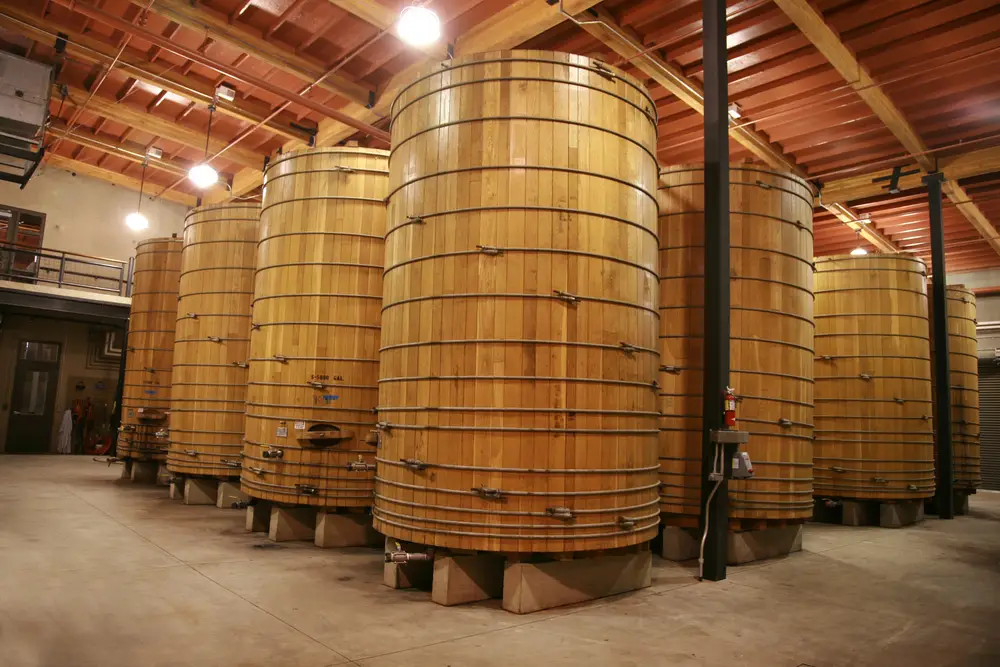
If it’s done in a stainless steel tank (which it typically is) at low temperatures between 42 and 50 degrees, the grape’s high acidity and hints of herbs remain intact, and give it a drier, fruitier punch.
If, however, an oak barrel is used, some acidity will be softened and more “woody” type flavors like vanilla, creme brulee, butter, and a little bit of spice will emerge.
This gives the wine a richer, creamier, sweeter taste.
Geography Effects
Location, location, location… it has a big impact when it comes to Sauvignon Blanc (or really any type) vino.
And it’s not just the regions of the world that matter, but also where the vineyard sits (even if they’re in an area known for producing the green-skinned fruit) can affect how prolific the crops might be.
Temperature, altitude, topography, and types of soil can all play a part in how well (or not) the renowned grapes will grow, and how sweet they will become.
Just like any plant, the right amount (not too much, not too little) of water, nutrients, warmth, and sunlight are needed for Sauvignon Blanc.
Most vineyards are planted on slopes, and the angle and where they face (eastern and southern is the most preferred) will impact how much sun they get.
Altitude is also an important consideration.
In warmer regions, altitude can provide some relief — the higher you go above sea level, the cooler the temperature becomes (or more technically, for every 328 feet, it gets cooler by about 33 degrees).
Vineyards in places like South Africa stay cooler because the ocean’s wind, dampness, and early morning fogs keep the vines protected from the harsh beams.
Different types of soil can also produce different conditions.
Light-colored soil reflects light; darker, stony dirt will store and radiate rays. Clay stays cooler because it absorbs and retains water, which can be a must-have in drier climates.
Climate and Weather
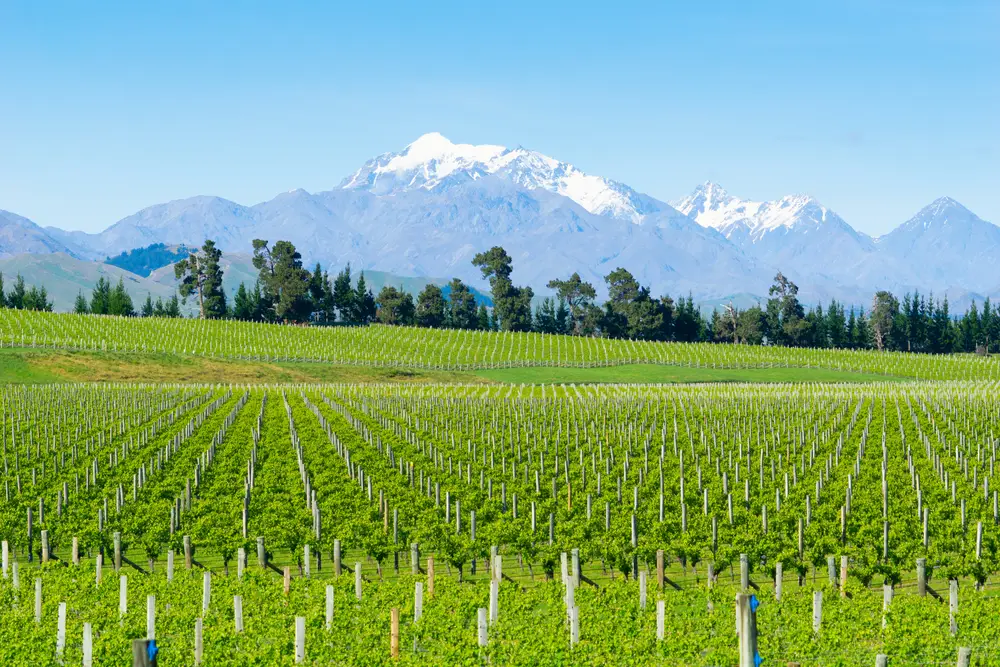
Typically, the warmer the climate, the longer the grapes can grow on the vine, and the sweeter the wine will be.
But that doesn’t mean that only warm climates produce a sweet version of Sauvignon Blanc.
Next to the Land Down Under, the Sauvignon Blanc grapes grown in the Marlborough region of New Zealand are often very acidic due to a cooler climate, a thin ozone layer (which means almost 40% more sunlight), and high temperature variations of warmer daytime hours and cooler nights (which maintains their acidity as they ripen).
To counteract the sharp tartness, some residual sugars are left behind, and/or additional sweeteners are added. If not, get ready to pucker up.
But weather, no matter where the grapes are grown, can also change their delicate flavor balance.
The grape enjoys a lot of solar love, so if it’s cloudy and overcast consistently, it will have a harder time ripening.
And though some rain is its (much appreciated) friend, too much of a good thing can affect its taste, as well.
Taking on more water than Sauvignon Blanc needs can cause the flavors to dilute and its sugar/acid partnership to get out of balance.
Not to mention, heavy rainfall can cause the berries to swell and split, invoke mold, mildew, or disease, and knock the plant’s blooms off, reducing the size of the crop.
Too dry of conditions aren’t any better. Without the right amount of rainfall, roots and leaves can collapse and the parched fruit has little chance of maturing.
Hail storms in the spring, early frost, or other catastrophic Mother Nature events can also be a factor in the crop’s bounty and taste.
Not to mention, global warming. Higher temperatures, drier conditions, and longer warm seasons can increase wildfire risks that ravage vineyards, plus, deplete water supplies, which can drop overall wine production.
Newer growing methods like planting on higher altitudes or training vines so their leaves protect the grapes from heat can be implemented.
Or planting lesser known grapes or new hybrids need to be developed to adapt to the changing conditions.
Or even expand the regions where the grapes may flourish.
For instance, north of Napa Valley in California was once believed to be too cold.
But vineyards are now starting to pop up in Washington and Oregon.
Sauvignon Blanc is still rare in areas like Oregon. But some wineries try to produce them anyway, and succeed quite well.
Fun fact: New Zealand is already using sheep as “cheap” labor by having them munch on the leaves in the vine canopy to give the grapes more aeration to prevent fungal diseases.
They are willing to work overtime, but they need to be watched closely so they don’t destroy entire crops.
When It’s Harvested
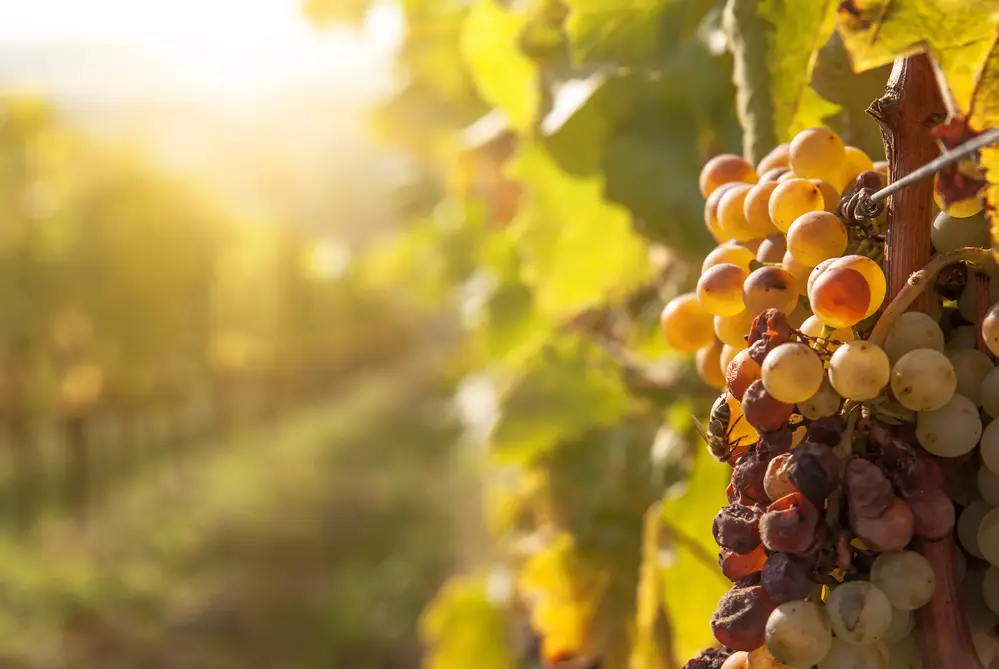
The timing of plucking Sauvignon Blanc off the vine can determine how sweet the treasured drink will be.
If harvested early, the grapes will be tarter and more citrusy, producing a drier, more acidic wine.
If given a longer time to ripen, dehydrate, and let the sugars become more concentrated, the fruit will be sweeter and so will the wine.
In certain regions, sommeliers even let the grapes develop “noble rot” or a type of fungus that makes them — and their wine — exceptionally sweet.
Winemakers in New Zealand also created a technique where they pick different plots (based on specific soil types or how ripe the grapes can get) separately, vinify each one, then blend the finished wine together.
This gives their Sauvignon Blanc a wide range of tropical and tart, herbaceous notes.
The Sweetest Sauvignon Blanc Wines
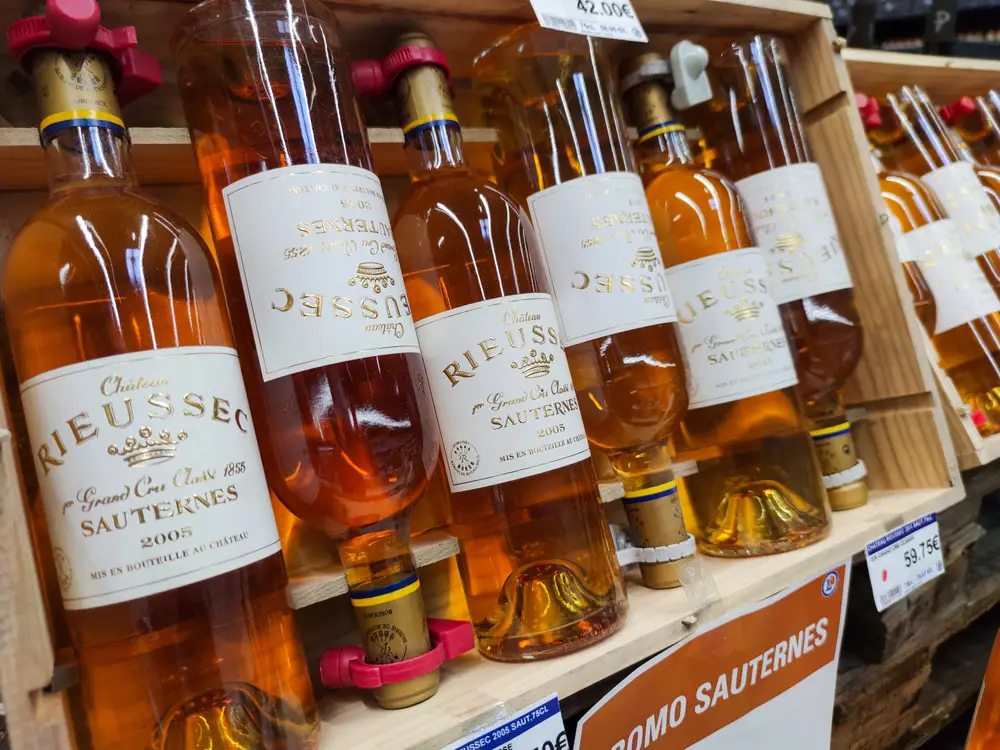
The sweetest variety of Sauvignon Blanc is Bordeaux’s Sauternes, a blend of the green-skinned grapes and Semillon or Muscadelle fruit that have developed noble rot.
This copper-colored wine, that can age for over 100 years, is only considered the specialty dessert drink if it has at least 13% alcohol and passes over your palate with noticeable sweetness.
Some Sauterne wines to look for include Bordeaux appellations like:
- Sainte-Croix-du-Mont
- Barsac
- Cérons
- Cadillac
- Premières Côtes de Bordeaux
- Côtes de Bordeaux Saint-Macaire
- Loupiac
Vineyards in South Africa, New Zealand, and Chile make their own version of dessert wines from 100% Sauvignon Blanc grapes that have flavors of caramelized ginger, orange peel, fig, and apricot.
South Africa’s list of names include:
- Diemersdal Nobel Late Harvest Sauvignon Blanc
- De Grendel Noble Late Harvest Sauvignon Blanc
- 2016 Savage White Sauvignon Blanc Semillon Chenin Blanc Western Cape
Some of New Zealand’s picks include:
- Katz Late Harvest Sauvignon Blanc
- Giesen the Brothers Late Harvest Sauvignon Blanc 2012
- Lovelock Noble Chenin Blanc 2014
- Layer Cake Sauvignon Blanc 2019.
Considered “like no other Sauvignon Blanc dessert wine in the world,” Chile boasts favorites like:
- Luis Felipe Edward’s Late Harvest Viognier and Sauvignon blend 2014
- Vina Morande Late Harvest Sauvignon Blanc 2013
- Errazuriz – Late Harvest Sauvignon Blanc 2019
- Echeverria – Late Harvest Sauvignon Blanc 2015
- Casillero del Diablo Late Harvest Sauvignon Blanc
The Driest Sauvignon Blanc Wines
France can claim the driest Sauvignon Blancs, while those from the “New World” (places like California and New Zealand who borrowed the practices and traditions from the “Old World” winemaking regions of the world such as France and Italy) are not as dry.
This is just a few of the top French favorites:
- 2016 Alphonse Mellot Sancerre Le Paradis Blanc
- 2020 Saget La Petite Perriere Sauvignon Blanc
- 2018 Alphonse Mellot Sancere Edmond
- 2015 Louis-Benjamin – Didier Dagueneau Pouilly-Fume Asteroide
- 2018 Domaine Fouassier Sancerre Les Romains
- 2014 Louis-Benjamin – Didier Dagueneau Sancerre ‘Le Mont Damne
- 2014 Louis-Benjamin – Didier Dagueneau Pouilly-Fume Silex
- 2017 Alphonse Mellot Sancerre Generation XIX.
Which Sauvignon Blanc is Right for You?
Sweet, dry, extra dry, extra sweet… you can find a Sauvignon Blanc to match your taste, your mood, your meal, or anything in between.
Which one is right for you? It’s whatever one you want it to be.
- Shrimp Cocktail (and More) Wine Pairing Guide - 09/06/2022
- What Wine Serving Sizes Look Like: Standard Size and More - 08/06/2022
- How Much Sugar is in Wine: Glass and Bottle Sugar Content - 08/06/2022


